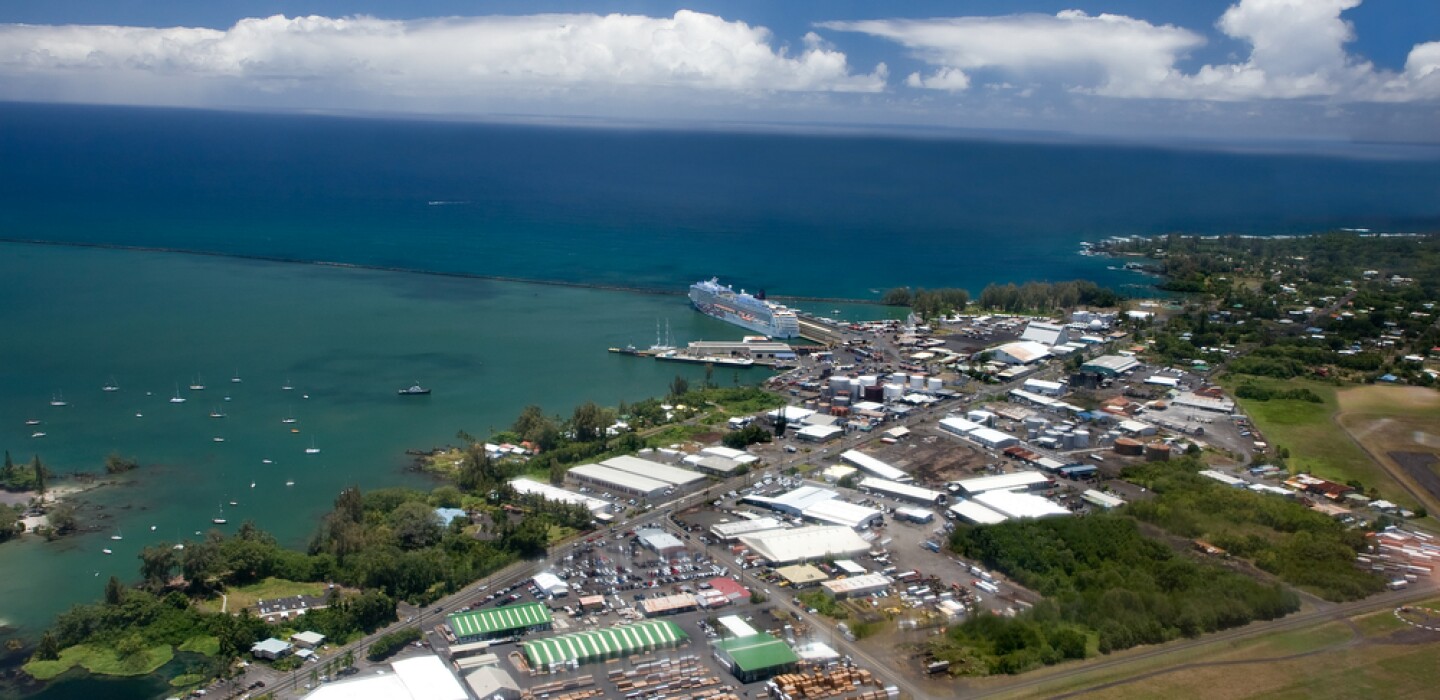
Hawaii Storms Dash Predictions of Drought So Far
(TNS) – Predictions of extreme drought in Hawaii this winter — bolstered by ongoing El Nino conditions — have so far missed the mark.
Storms in December and January defied El Nino — and the forecasts — turning parched regions of the islands green and leaving nearly 90 percent of the state free of drought.
But a growing portion of windward Hawaii island is considered abnormally dry, and long-range models are still predicting below-average rainfall across the state for February and March.
“There’s still a chance of short-term dryness,” said Kevin Kodama, senior service hydrologist with the National Weather Service’s Honolulu Forecast Office. “But it may not look like October and November.”
How bad was it in October and November?
Some 81 percent of the island chain was locked in “severe drought” by mid- November, and varying levels of drought and dry conditions were affecting Hawaii everywhere else.
El Nino, the global weather phenomenon that usually results in winter drought in Hawaii, was officially declared in May, and the forecast of the National Weather Service’s Climate Prediction Center called for below- average rainfall and dry conditions here through spring.
The Hawaii Drought Council met in November for the first time in six years and was laying plans to launch a statewide public-awareness campaign about water conservation, fire dangers and other negative impacts of drought.
Dawn Chang, land board and drought council co-chair, told the Commission on Water Resource Management in November that the outlook for drought was dire, based on the National Weather Service forecast.
“It looks like we’re going from a dry summer to a dry fall, winter and spring and then going back into another dry summer,” she said.
Chang said the Aug. 8 Lahaina firestorm, fueled by fierce winds and parched grasses, was a product of drought, and Upcountry Maui, another firestorm location, was really hurting for water, with its residents having been just mandated to stop using water for irrigation, watering lawns, washing cars and nonessential activities.
But by late November a substantial Kona low storm dumped loads of precipitation across the islands, easing drought conditions and causing the council’s public-awareness campaign to lose momentum. Several rain events followed in December and January, further easing concern.
Kodama said most of Hawaii’s stream gauges now show normal 14-day average flow levels, while 28-day average flow levels are mostly in the normal range.
Hawaii state climatologist Pao-Shin Chu said low rainfall in El Nino years usually sets in about November but the drying effect isn’t widespread until January.
“If history tells us anything, we expect to experience low rainfall until April, with a large deficiency from January to March,” said Chu, a University of Hawaii at Manoa meteorology professor.
But the current El Nino doesn’t appear to be as strong as past strong El Nino events, he said.
Kodama added that the jet stream during El Nino usually blows west to east. But the jet stream this year has been a bit wobbly, apparently allowing storms to get closer to the islands.
Coincidentally, Hawaii last year experienced the opposite of what’s happening this year, he noted. When La Nina rainfall was in the forecast, the islands instead were quite dry in December and January.
Not every region has been blessed with ample rainfall this winter. Hilo has so for experienced 54% of normal rain, while Honokaa is hovering around 10%.
When El Nino drought was in the forecast for this winter, it was viewed favorably by those who feared that winter rains and flooding would push contaminants and toxic substances from the Lahaina wildfire into nearshore waters, threatening coral reefs and other aquatic species.
Despite the forecast for drought, federal, state and county officials worked hard in anticipation of the rainy season, setting up barriers, filters and other control measures in the burn zone, as well as spraying the chemical Soiltac in an effort to keep ash and bare soil in place.
Liz Yannell is program manager of Hui o ka Wai Ola, a community group dedicated to measuring and sharing the status of Maui’s ocean water. The group, which has been measuring water quality in West Maui, including off Lahaina, since 2016, received funding from the Federal Emergency Management Agency to test the nearshore water after storms.
Yannell said the first big flushing rainstorm came to Lahaina earlier this month, followed by another one a week later. “We’ve been busy,” she said.
The ocean off Lahaina, she said, was exceptionally brown with runoff following the recent storms. And despite physical parameters, such as pH and salinity, being measured in the normal range, some of the water sample vials actually appeared orange in color. Test results for contaminants won’t be available for weeks to months.
“Obviously some toxicity reached the ocean,” she said, “But it could have been worse.”
Yannell said it was clear the erosion-prevention measures set up for Lahaina — including the Soiltac — were for the most part doing their job as the area was slammed with over three inches of rain.
Yannell and her group might get another chance to test the water soon. Another front was approaching the state, the National Weather Service said Friday, and the forecast calls for the possibility of showers through midweek.
—
__
©2024 The Honolulu Star-Advertiser, Distributed by Tribune Content Agency, LLC.

Average Rating